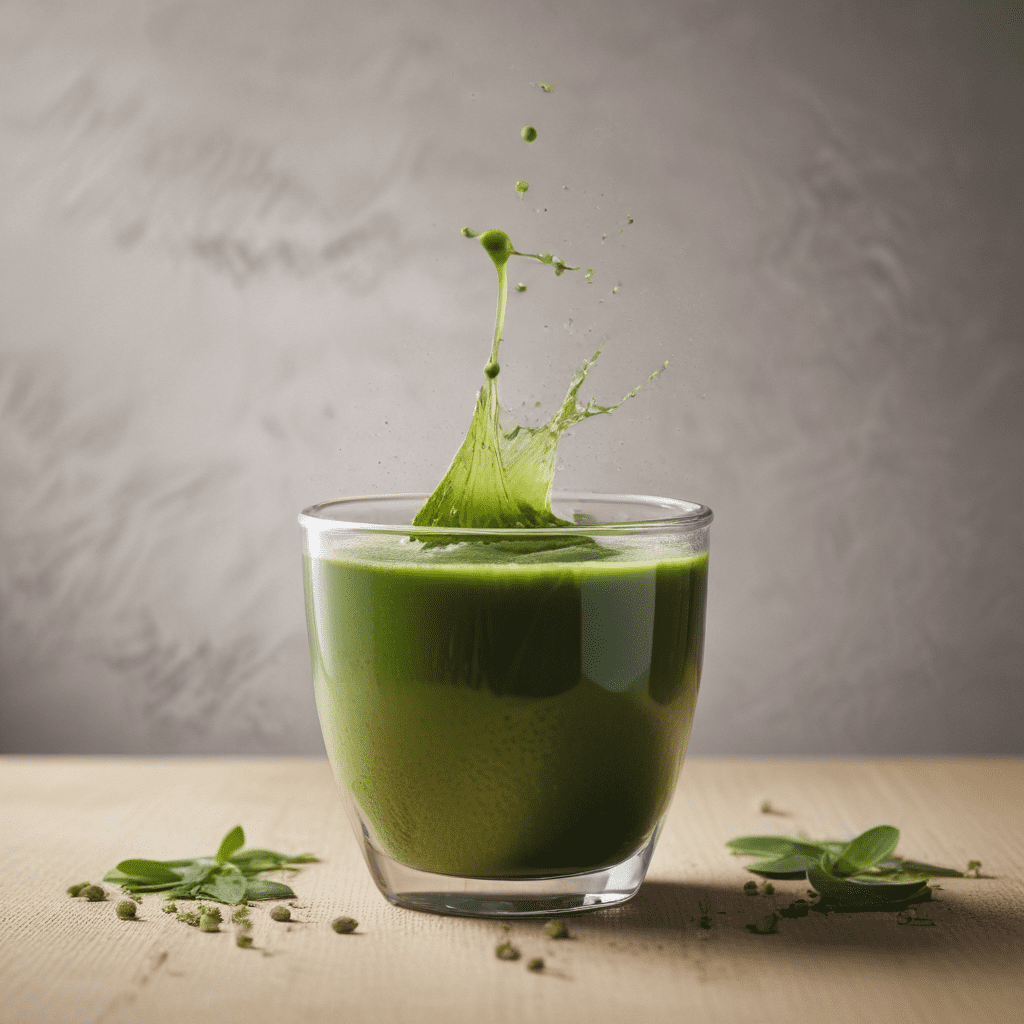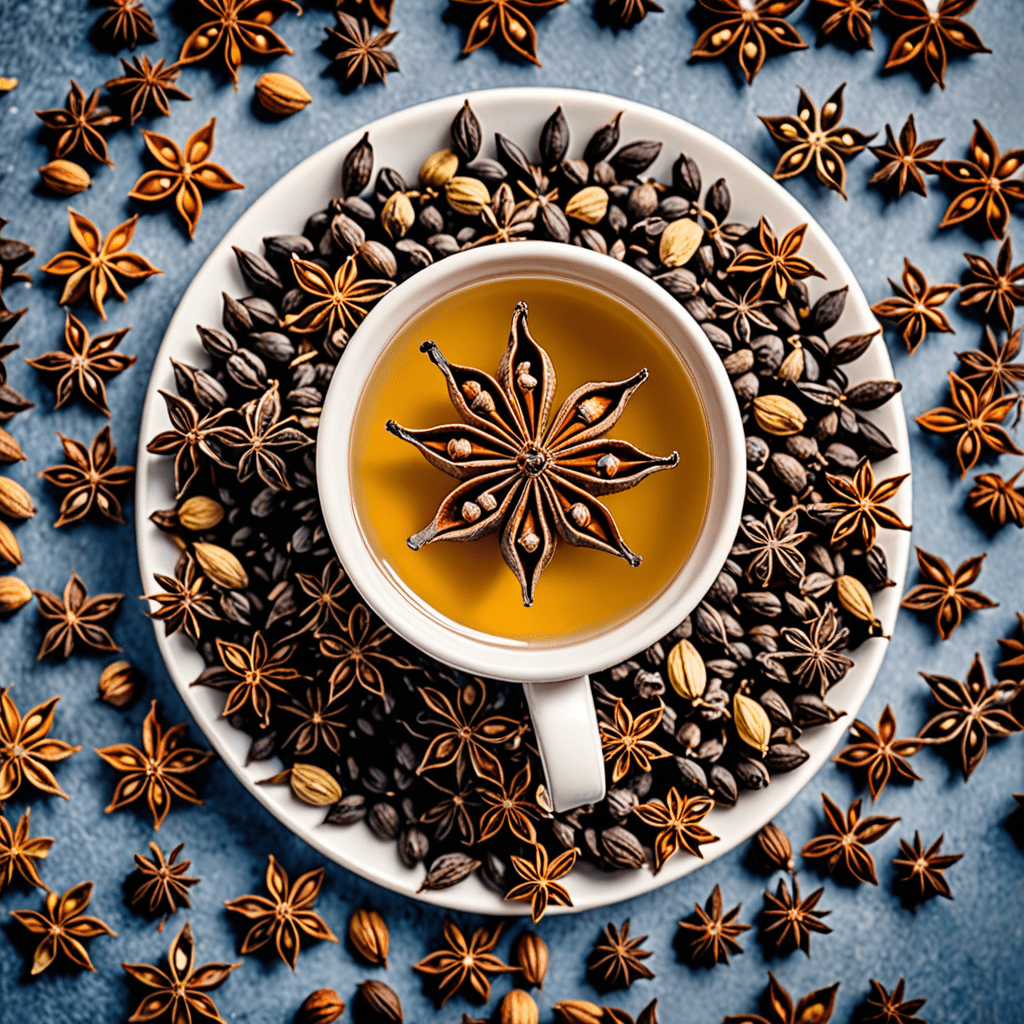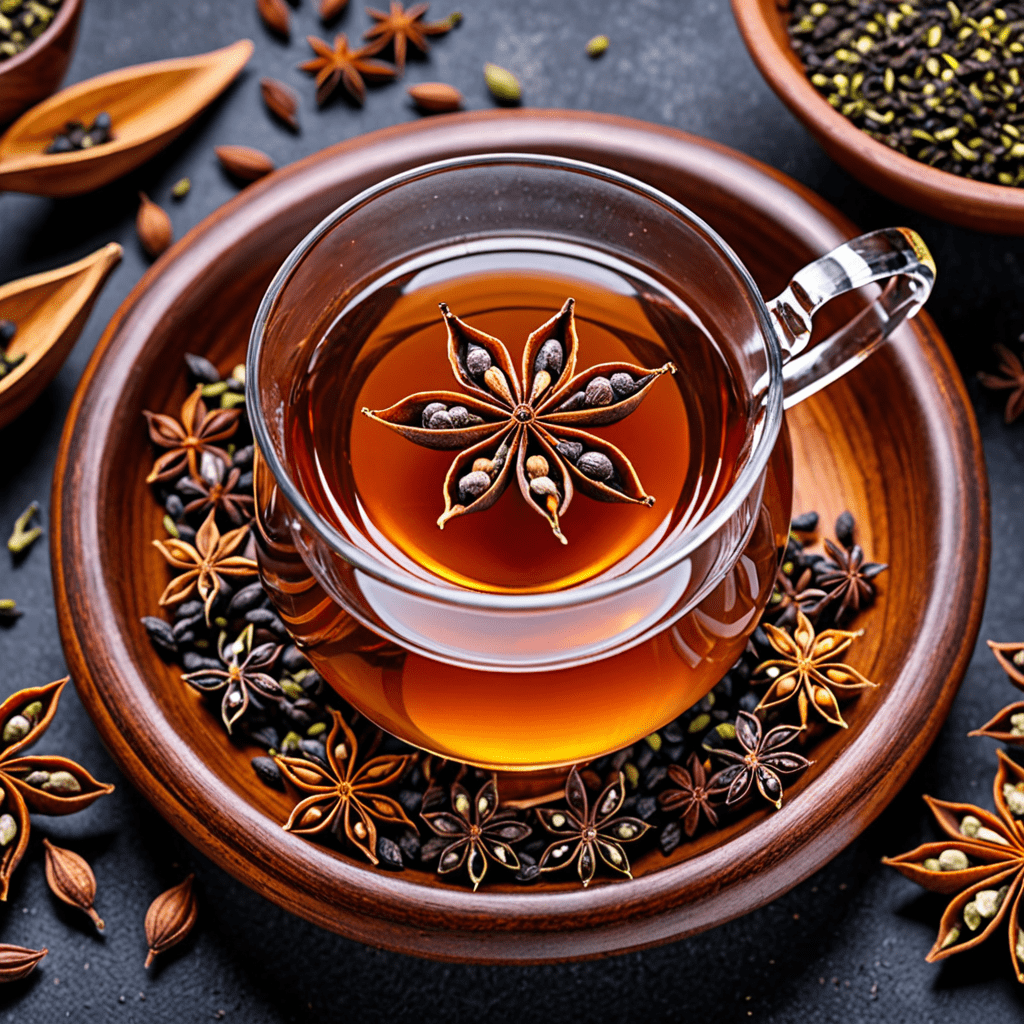
Origins of Matcha: The Ancient Roots of a Timeless Tea
Matcha, a finely ground green tea powder, holds a revered place in Japanese tea culture and has gained global recognition for its vibrant green hue, earthy flavor, and purported health benefits. Its origins, however, can be traced back to ancient China.
Archaeological evidence suggests that the earliest forms of tea consumption emerged in China during the Tang dynasty (618-907 CE). Monks and scholars favored a tea known as "tuocha," which was made from coarsely ground tea leaves and compressed into bricks. This tea was transported along the Silk Road to different parts of Asia, including Japan.
From China to Japan: The Silk Road's Role in Matcha's Introduction
The introduction of matcha to Japan is attributed to Buddhist monks who returned from their studies in China during the 12th century. These monks brought back with them the knowledge of tea cultivation and preparation practices, including the use of powdered tea.
In Japan, powdered tea quickly gained popularity among the aristocracy and samurai warriors. It became an integral part of tea ceremonies, which were elaborate rituals designed to cultivate mindfulness and foster social harmony. This practice gave rise to the development of specific tea utensils and techniques that are still used today.
Tea Ceremony and Rituals: Matcha's Cultural Significance
Matcha played a pivotal role in the evolution of the Japanese tea ceremony, a highly formalized and codified ritual. The preparation and serving of matcha tea became an art form, with every detail imbued with symbolic meaning.
During the tea ceremony, guests gather in a tea house or tea room and participate in a series of ritualized actions. The host meticulously whisks the matcha powder into hot water, creating a frothy, emerald-green beverage that is shared among the guests.
Matcha in the Zen Tradition: A Path to Enlightenment
Matcha tea has a strong association with Zen Buddhism. Zen masters considered matcha to be an aid to meditation and a way to cultivate inner peace and clarity. The preparation and consumption of matcha became a ritual that helped practitioners achieve a state of mindfulness and detachment.
The rituals and etiquette surrounding matcha tea are designed to promote harmony, respect, and a deep appreciation for the present moment. It is believed that by drinking matcha and participating in tea ceremonies, individuals can cultivate a deeper understanding of themselves and their place in the world.
Harvesting and Grinding: The Art of Preserving Matcha's Essence
Harvesting and grinding matcha tea leaves is a delicate and time-consuming process that requires precision and care. Before harvesting, the tea plants are shaded for several weeks to increase their chlorophyll content and give the leaves a vibrant green color.
Once the leaves are picked, they are steamed to stop the oxidation process and preserve their freshness. The steamed leaves are then dried and ground into a fine powder using traditional stone mills. This grinding process can take several hours and requires skilled artisans to ensure that the powder is evenly ground and free of any impurities.
Imperial Appreciation: Matcha's Rise to Royal Favor
During the Muromachi period (1336-1573), matcha gained prominence among the ruling class in Japan. The Ashikaga shoguns, who were patrons of the arts and culture, developed a deep appreciation for matcha and its use in tea ceremonies.
Matcha became a symbol of wealth and status, and it was often served to foreign dignitaries and guests of honor. The shoguns established tea competitions and tea schools, further popularizing matcha and its rituals.
Matcha's Global Expansion: From Japan to the World
In the 16th century, European traders brought matcha to Europe. It quickly gained popularity among the elite and was used in courtly circles and royal palaces. Matcha was particularly prized for its unique flavor and its purported medicinal properties.
In recent decades, matcha has experienced a resurgence in popularity worldwide. Its versatility and health benefits have made it a favorite among tea enthusiasts and health-conscious consumers. Today, matcha is enjoyed in various forms, including traditional tea ceremonies, lattes, smoothies, and other culinary creations.
Modern Innovations: Matcha Beyond the Teacup
Modern culinary innovations have expanded the use of matcha beyond traditional tea ceremonies. Chefs and mixologists have incorporated matcha into a wide range of dishes and beverages, including pastries, ice cream, cocktails, and even savory sauces.
Matcha's vibrant green color and earthy flavor make it a versatile ingredient that adds a touch of sophistication and healthfulness to any culinary creation. As a result, matcha has become a staple in kitchens and cafes around the world.
Matcha Today: A Legacy of Tradition and Innovation
Today, matcha continues to be celebrated for its rich history, cultural significance, and potential health benefits. It has become a global phenomenon, enjoyed by tea lovers, health-conscious consumers, and culinary enthusiasts alike.
Whether it is whisked into a frothy bowl of tea for a traditional ceremony or blended into a refreshing smoothie, matcha remains an enduring symbol of Japanese culture and a testament to the enduring power of tea.
FAQs
What are the health benefits of matcha?
Matcha is rich in antioxidants, including catechins, which have been linked to various health benefits, such as reduced inflammation, improved brain function, and a boosted metabolism.
How do I make matcha tea?
To prepare matcha tea, add ½ teaspoon of matcha powder to a bowl. Pour in a small amount of hot water (around 175°F) and whisk vigorously using a bamboo whisk until it forms a smooth paste. Gradually add more hot water until you reach your desired consistency.
What is the difference between matcha and green tea?
Matcha is made from finely ground tea leaves, while green tea is made from steeped tea leaves. As a result, matcha contains a higher concentration of nutrients and antioxidants than green tea.

